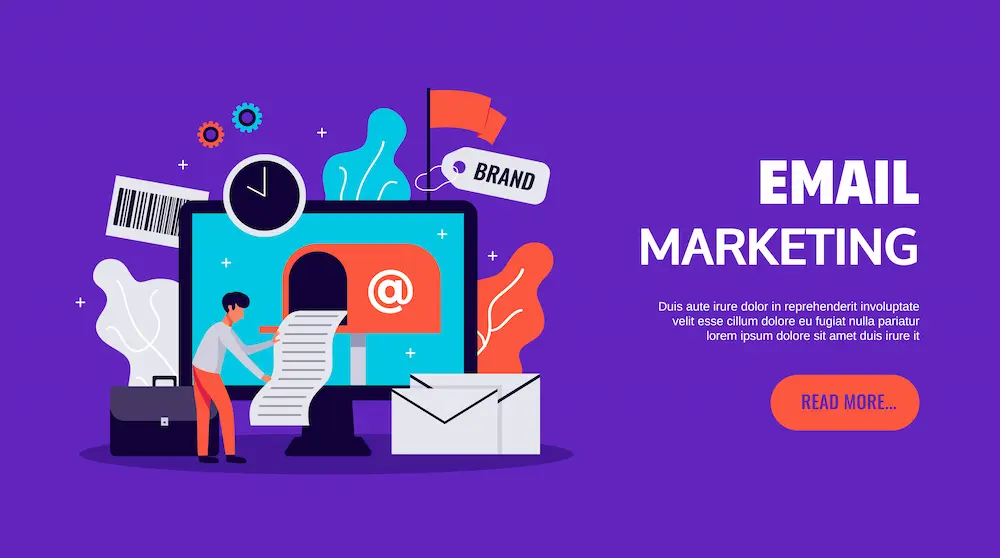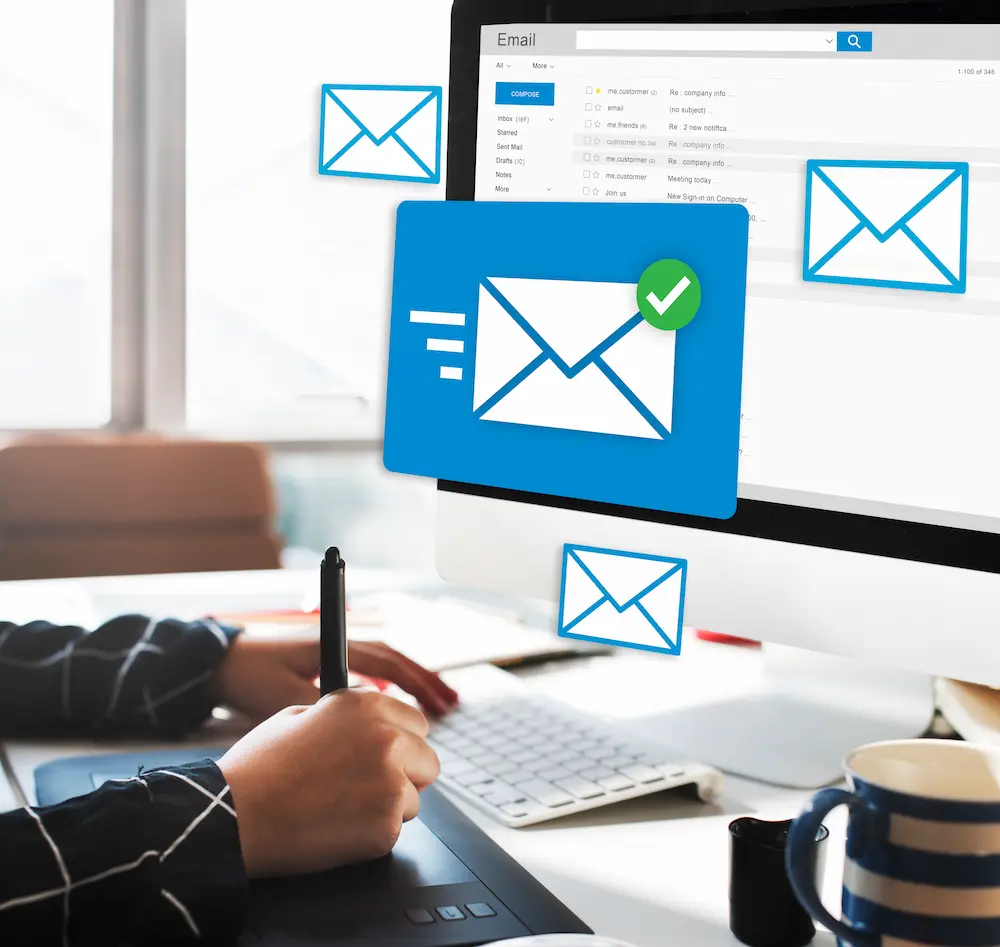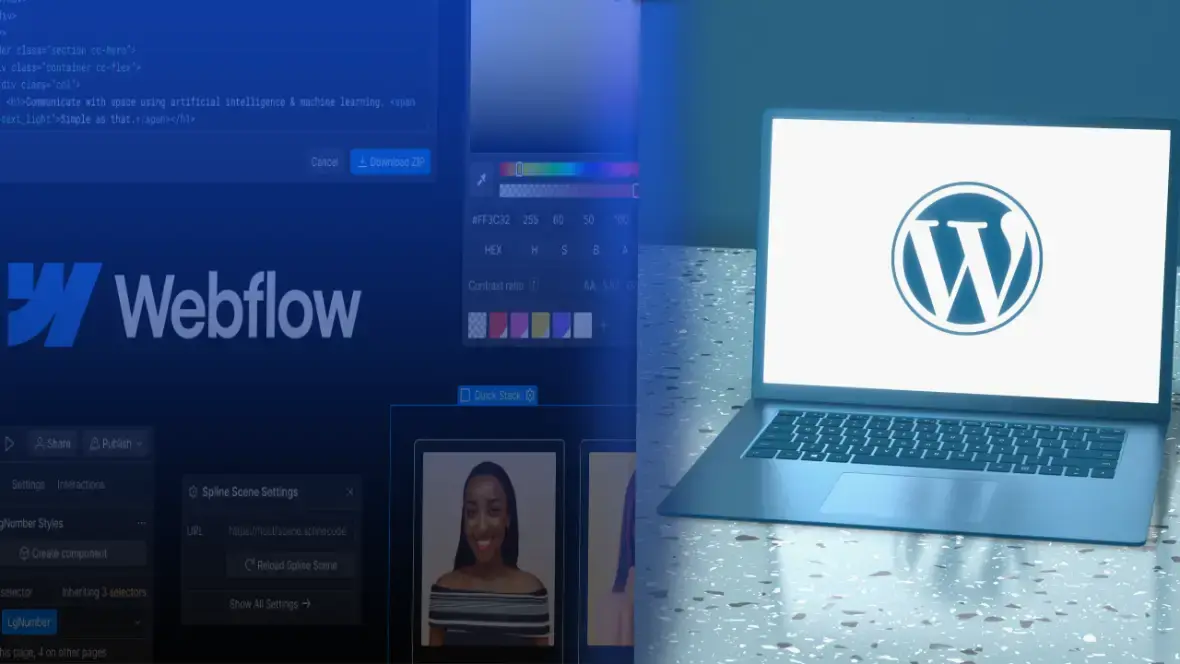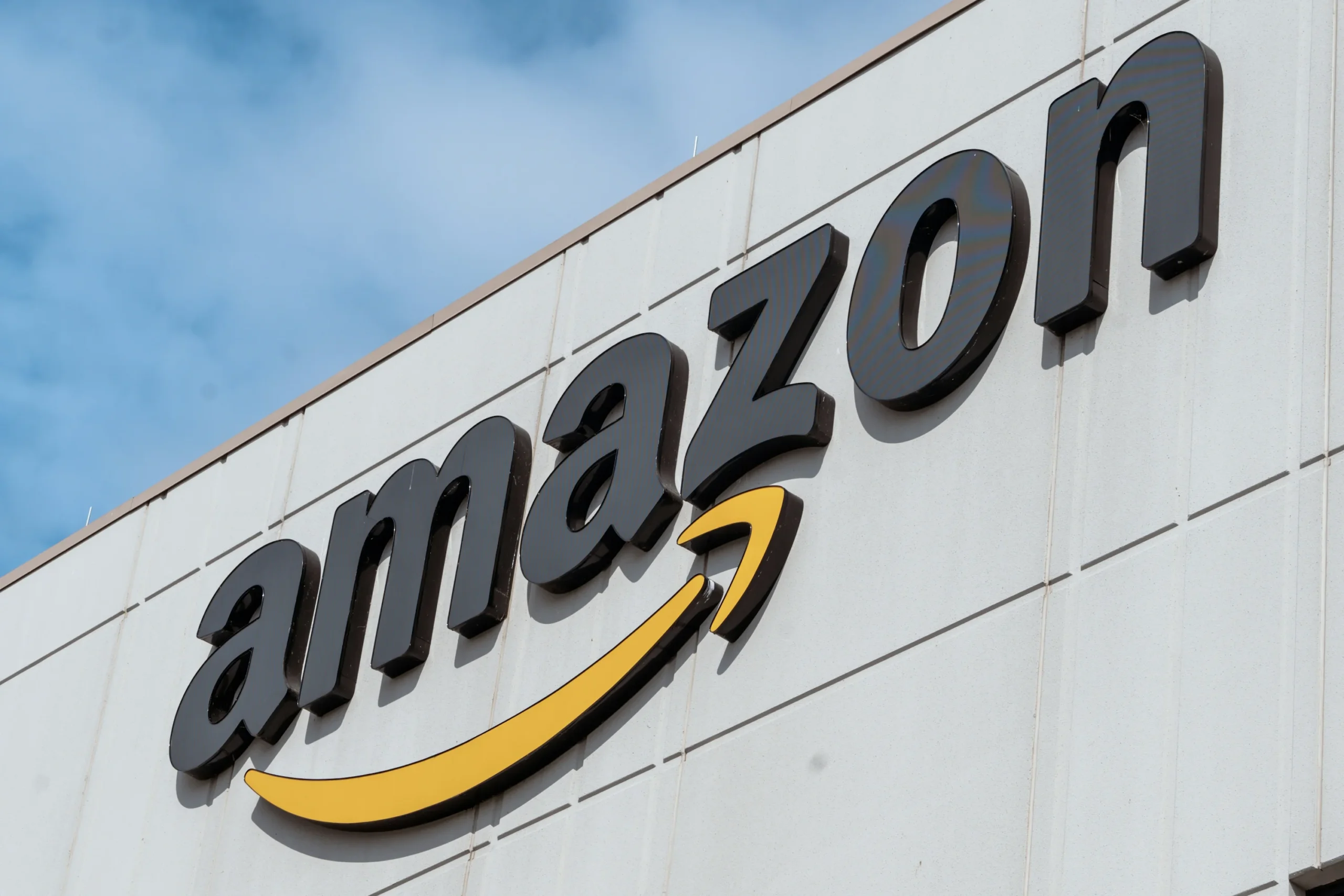7 Proven Steps to Build a High-Converting Email List from Scratch in 2025
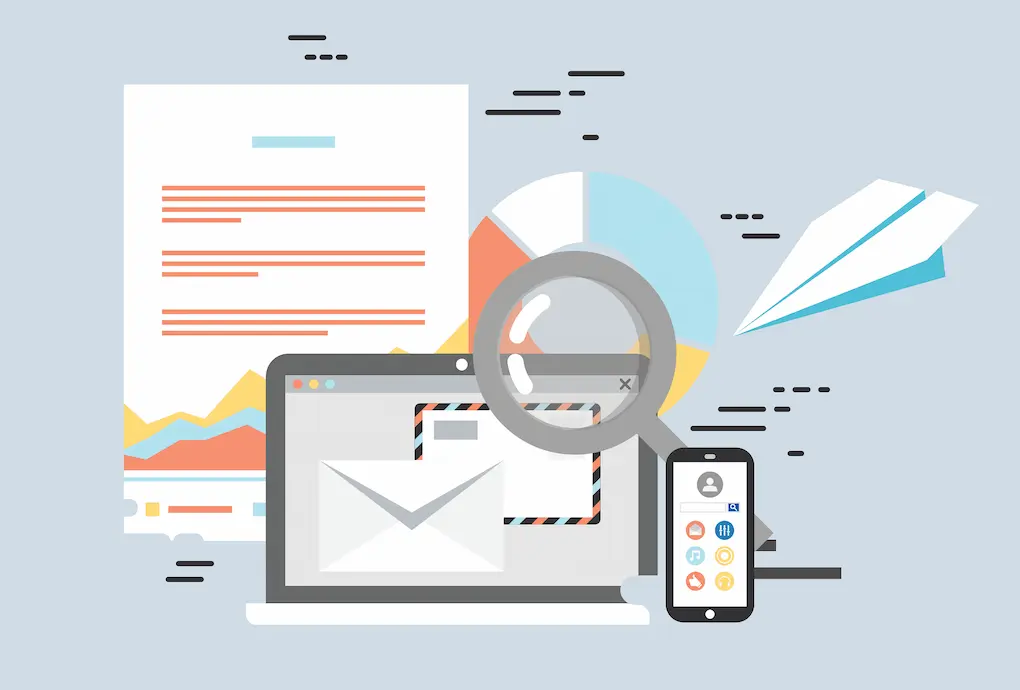
Email marketing continues to stand as one of the most potent strategies for expanding an online enterprise, nurturing meaningful connections, and driving revenue growth. However, the critical nuance lies beyond simply amassing email addresses; success hinges on cultivating a highly responsive and engaged subscriber base—comprising individuals genuinely interested in your messages and motivated to take action.
This comprehensive, stepwise blueprint will walk you through the process of constructing your email list from the ground up, even if you currently have no subscribers. Whether you are a blogger, affiliate marketer, ecommerce entrepreneur, or digital content creator, the methodologies outlined in this resource are tailored to deliver effective results across diverse niches.
Part 1: Why Email Lists Still Matter in 2025
In today’s rapidly shifting digital environment, where social media platforms are governed by unpredictable algorithms and frequent policy shifts, email marketing continues to offer a steady, powerful, and direct communication channel. Despite the rising dominance of video content and short-form platforms, email lists remain one of the most strategic digital assets in 2025.
Let’s explore the key reasons why email still holds immense value in modern marketing.
1. Complete Ownership Over Your Audience
Unlike social media followers — who are technically part of platforms like Instagram, TikTok, or YouTube — an email list is something you fully own and control. You’re not subject to platform bans, algorithm changes, or sudden drops in reach.
Once someone joins your email list, you gain unrestricted access to their inbox, without needing to navigate third-party filters. You control when, how, and what you communicate — making email a uniquely stable asset in an unstable digital landscape.
2. Superior Financial Returns Compared to Other Channels
One of the standout metrics for email marketing is its outstanding return on investment. Industry data consistently shows that email campaigns can return up to $42 for every dollar spent, outperforming most other digital channels.
This high ROI stems from the direct, intentional nature of email. Recipients are already engaged — they signed up willingly — and a well-crafted message often leads to clicks, conversions, or sales in ways that social posts simply can’t match.
3. Hyper-Personalization and Smart Segmentation
What sets email apart is its unmatched ability to deliver tailored content to specific audience segments. Today’s email tools allow for intelligent grouping and behavior-based automation.
You can:
- Send a welcome series to first-time subscribers.
- Reward loyal customers with exclusive offers.
- Remind users who abandoned their carts to complete a purchase.
Through automation, you can set up entire customer journeys that function around the clock — even while you sleep. This level of personalization enhances user experience and builds long-term loyalty.
4. Email Nurtures Personal, Trust-Based Connections
Unlike social media, where you’re competing with countless distractions, email offers a quiet, focused, and personal space. Your message lands directly where your reader is already paying attention — their inbox.
More importantly, subscribers chose to hear from you. That consent means they’re more receptive to your insights, stories, or offers — building a deeper sense of trust. Over time, consistent value through email strengthens your reputation and authority far more than likes or follows can.
5. Your Most Valuable Digital Asset
Expert Insight: Your email list is more than just a collection of addresses — it’s a long-term business asset.
Treat it like one by:
- Growing it organically (never buying lists).
- Offering valuable lead magnets (checklists, guides, templates, etc.).
- Setting up professional welcome sequences.
- Respecting your audience with relevant, respectful messaging.
Every email address is a relationship opportunity. Nurturing your list with care and strategy ensures your brand stays resilient — even if platforms or algorithms shift.
Final Thoughts: Email Is Still the Most Reliable Connection You Own
In a digital age dominated by changing trends and unstable algorithms, email remains the most dependable way to reach and engage your audience.
You control the narrative, own the contact, and foster genuine relationships that drive conversions and loyalty. As we move further into 2025, those who recognize the power of email — and use it wisely — will stay ahead of the game.

Part 2: Essential Resources to Launch Your Email List in 2025
In Part 1, we explored why email marketing remains a critical channel in 2025 — from having complete control over your audience to its unbeatable return on investment and ability to create strong personal connections. Now it’s time to dive into the next stage: how to actually begin.
Establishing a successful email list doesn’t require complex tech knowledge — but it does demand a handful of carefully chosen tools that make setup, growth, automation, and performance tracking easier. In this guide, you’ll discover the key tools that form the foundation of a strong email strategy in today’s digital climate.
1. The Email Marketing Platform — Your Command Center
The heart of your entire email system is your email marketing software. This is the tool that lets you collect email addresses, send out campaigns, automate sequences, and manage everything in one central dashboard.
Leading platforms in 2025 include:
- ConvertKit – Great for content creators and solopreneurs. Offers powerful tagging and intuitive automations.
- MailerLite – Lightweight, user-friendly, and affordable.
- Brevo (Sendinblue) – Includes advanced features like SMS and CRM capabilities.
- ActiveCampaign – Ideal for sales-focused automations and deep segmentation.
- Mailchimp – A classic option with a strong drag-and-drop editor and templates.
Look for a service that fits your level: simple and scalable for beginners, but robust enough to grow with you. And always prioritize platforms that are compliant with global data privacy regulations.
2. Subscriber Capture Pages and Forms
To build your email list, you need a way to collect emails — usually via opt-in forms or dedicated landing pages.
Many email platforms offer built-in form builders, but if you want more flexibility, a separate landing page tool will help you create focused, high-conversion entry points for your audience.
Popular options include:
Carrd – Sleek and affordable one-page sites.
- Leadpages – Equipped with conversion-boosting tools like countdown timers and A/B testing.
- Systeme.io – Free and beginner-friendly funnel builder with native email tools.
- Unbounce – Powerful for marketers who want maximum control and testing ability.
What makes these forms convert is the value you offer in return — often a downloadable gift called a lead magnet.
3. Lead Magnet Design Tools – Give Before You Ask
No one hands over their email without expecting something worthwhile in return. That’s why crafting a high-value, bite-sized freebie can make a huge difference in opt-in rates.
You can easily create professional, downloadable content using:
- Canva – Design stunning eBooks, checklists, PDFs, and infographics.
- Google Docs or Slides – Clean templates for guides and tutorials.
- Notion – Perfect for giving away templates or digital planners.
- Designrr – Automatically transforms blog posts into polished eBooks.
Your lead magnet should solve a specific problem, save time, or give insight — all within 1–3 pages.
4. Automation Engines to Streamline Engagement
Once someone subscribes, you’ll want to set up automated workflows that engage them immediately and guide them through your ecosystem.
Tools like ConvertKit, MailerLite, and ActiveCampaign come with visual builders that allow you to:
- Deliver instant welcome emails
- Send emails based on subscriber actions (clicks, opens, etc.)
- Shift people between segments or tags as they engage
A sample email automation might look like this:
- Day 0: Deliver the lead magnet
- Day 2: Introduce your mission and who you help
- Day 4: Share a valuable tip or case study
- Day 6: Invite them to explore a product or service
Automations save time while nurturing relationships and increasing conversions.
5. Analytics and Tracking to Measure What Works
Understanding your performance is critical. Fortunately, email platforms provide real-time metrics such as:
- Open rates
- Click-through rates (CTR)
- Unsubscribe rates
- Conversion metrics
But to dive deeper, you can combine those with tools like:
- Google’s Campaign URL Builder – Adds UTM tags for precise tracking
- Google Analytics or Fathom – Tracks where traffic goes and how users behave
- Heatmap Tools (e.g., Hotjar) – Reveals where users click and interact
These insights allow you to refine your strategy and send more targeted, effective emails over time.
6. Deliverability and List Hygiene Services
As your list expands, some emails will bounce or go inactive. Leaving those uncleaned hurts your sender score and inbox placement.
Use tools like:
- NeverBounce
- ZeroBounce
- BriteVerify
These services identify invalid emails and clean your list regularly — so your messages land in the primary inbox, not in spam folders.
It’s also wise to run re-engagement campaigns occasionally to win back passive subscribers before removing them entirely.
7. Legal Tools to Stay Compliant and Build Trust
Email marketing is regulated by laws like GDPR, CAN-SPAM, and CCPA. Compliance isn’t optional — it’s a necessity.
Here’s how to protect yourself and your brand:
- Always include a clear unsubscribe link in every email
- Use double opt-ins where appropriate
- Be transparent about how you use subscriber data
- Publish a privacy policy that explains everything
Free tools like Termly, Iubenda, or PrivacyPolicies.com can help generate legal pages tailored to your business type.
Staying compliant also improves trust and engagement — because your audience knows you respect their data.
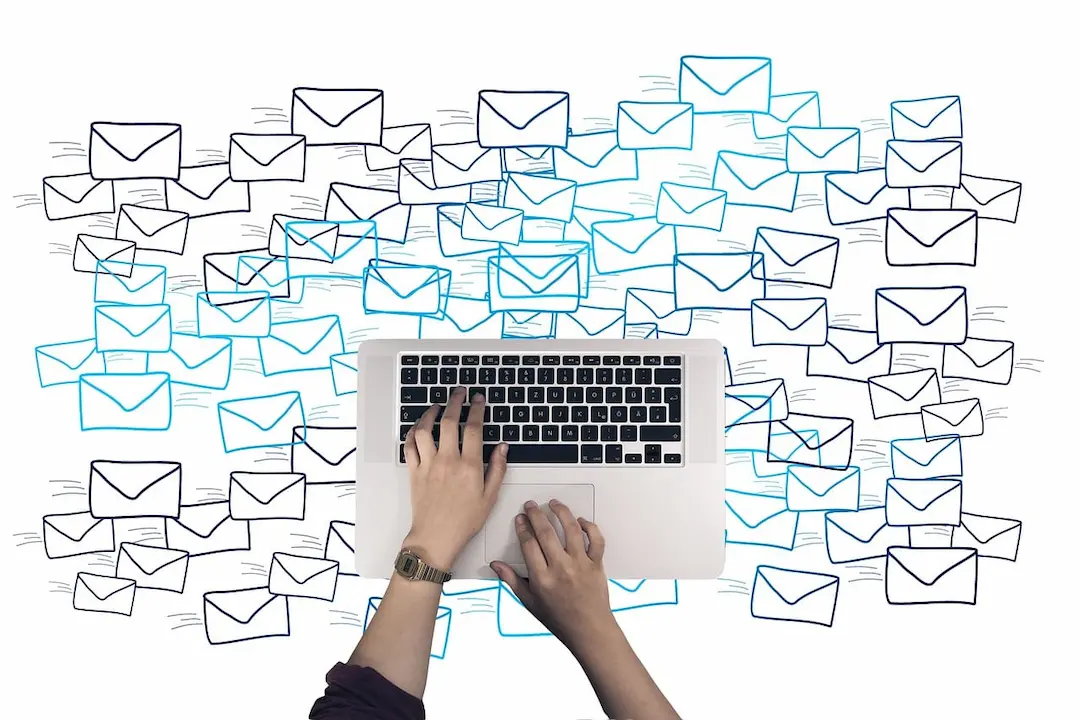
Part 3: Crafting an Irresistible Free Offer That Skyrockets Your Subscriber Base
In today’s content-saturated world, asking someone to “join your newsletter” simply doesn’t cut it anymore. People’s attention is fragmented, their inboxes are overflowing, and the average person receives more information than they can process. So how do you stand out? You give them something they actually want — something they can’t scroll past. That’s where a high-value lead magnet comes into play.
A lead magnet is essentially a bribe — but a helpful one. You offer a useful, actionable resource, and in return, they give you their email address. This one gesture sparks the start of a relationship — one that’s built on value, not spam.
Let’s break down how to build one that works — not just in theory, but in real-world results.
- What Makes a Lead Magnet Truly Irresistible?
Some lead magnets sit unnoticed. Others convert like crazy. What’s the secret? The best-performing offers always share five core traits:
- Laser-Focused: The problem it solves must be crystal clear and relevant to your audience.
- Specific: Don’t go broad. Niche down on a precise struggle or goal.
- Quick Win: Instant gratification matters — they should get value fast.
- Simple Execution: It shouldn’t feel like homework.
- Perceived Value: It should feel worth paying for — but it’s free.
This isn’t the time to dump everything you know. You want to offer just enough to be helpful while leaving them wanting more — and coming back for it.
- Clarity Comes from Knowing Your Audience Intimately
Before you design anything, pause and ask: Who is this for?
You need clarity about their goals, frustrations, and what’s keeping them up at night. Otherwise, your magnet will fall flat.
Ask yourself:
- What’s the #1 challenge they want solved yesterday?
- What result are they desperate for?
- What are they already typing into Google?
Let’s say you serve online coaches. Instead of offering a bloated 200-page business guide, you might offer “The 15-Minute Client-Attracting Content Plan” — laser-focused, helpful, and easy to consume.
- Proven Formats That Attract the Right People
You don’t need to reinvent the entire strategy. These timeless formats have been proven to work across all niches:
- Checklists: One-page, no-fluff tools that simplify a bigger process.
E.g., “Your 7-Point SEO Blog Checklist” - Cheat Sheets: Fast-access summaries with formulas, tips, or frameworks.
E.g., “Headline Copywriting Hacks” - Templates: Done-for-you files they can customize.
E.g., Google Doc pitch templates, Canva designs, etc. - Mini eBooks: Short digital guides solving one issue.
E.g., “How to Land Freelance Clients in 5 Steps” - Workbooks: Fill-in-the-blank style PDFs to help them think and plan.
- Short Video Lessons: Behind-the-scenes tutorials or private demos.
- Quizzes: Fun, engaging tools that give a personalized result and email capture.
- Free Trials / Samples: Great for apps, tools, or premium content previews.
Remember: A lead magnet is about solutions, not dumping information.
- Give It a Name That Demands a Click
A great title can be the difference between conversion and crickets. Don’t be generic. “Free eBook” tells people nothing. Instead, speak to a benefit or pain point.
Bad:
“Marketing Basics PDF”
Better:
“Steal This 5-Step Formula to Double Your Traffic in 7 Days”
Use compelling action words like:
Free, Easy, Secret, Proven, Instantly, Smart, Quick, Step-by-Step, Boost, Win
Clarity beats cleverness. You’re not writing poetry — you’re solving problems.
- Create It with Smart, Simple Tools
You don’t need graphic design skills to make something people love. These tools simplify the process:
- Canva – Great for beautiful PDFs, checklists, and workbooks.
- Google Docs/Slides – Collaborative, fast, and universally accessible.
- Notion – Perfect for digital templates, dashboards, or planners.
- Loom – Screen-record short, helpful walkthroughs or tutorials.
- Designrr – Turn blog posts into lead magnets in a few clicks.
Avoid complexity. A clean, simple checklist often converts better than a flashy 30-page PDF. Clarity wins.
- Deliver It with Automation & Warmth
Once you’ve built your lead magnet, make sure it’s easy to access. Most email platforms like ConvertKit, MailerLite, or Beehiiv will help you:
- Auto-send the magnet after signup
- Tag new subscribers for smarter future targeting
- Build opt-in landing pages or popups
Your delivery email should:
- Hit the inbox immediately (don’t delay!)
- Greet them warmly, like a real person
- Reinforce the value they’re getting
- Include a next step (blog, social media, another resource)
Make it a conversation, not a transaction.
- Market It Like a Product — Everywhere
You can create the most helpful resource in the world — but if no one sees it, it’s useless. Promote it with intention:
- Add it to all relevant blog posts
- Mention it in YouTube video descriptions
- Share it in Instagram stories or highlights
- Drop a link in your email footer
- Embed it in guest posts or Medium articles
Smart move: Build 2–3 lead magnets targeting different audience goals, and link each one to specific content on your site.
- Track What’s Working — Then Make It Better
Once your lead magnet is live, watch the numbers:
- What % of visitors opt in?
- Are emails being opened?
- Are people clicking through and engaging with your content?
If the opt-in rate is low, change the headline. If emails are being ignored, tweak your welcome message. Constantly refine and improve — that’s how long-term growth happens.
Part 4: Constructing Your Opt-In Conversion System
Your lead magnet acts as the enticing lure, but it’s the opt-in funnel that functions as the carefully engineered apparatus, smoothly channeling visitors into committed subscribers. Think of a well-crafted funnel as a systematic process that methodically guides interested prospects through each stage until they willingly provide their email details.
Defining the Opt-In Funnel
Fundamentally, an opt-in funnel consists of an orchestrated sequence of digital touchpoints—webpages and automated emails—that are specifically designed to:
- Capture and hold the visitor’s attention
- Clearly communicate the value of your lead magnet offer
- Collect subscriber email information seamlessly
- Immediately deliver the promised resource
- Initiate the foundational phase of subscriber relationship-building
Essential Elements of an Effective Opt-In Funnel
- Landing Page / Opt-In Page
This is your primary interface showcasing the lead magnet’s benefits. It should feature a compelling headline, succinctly convey the advantages, include a straightforward sign-up form, and present a prominent call-to-action (CTA). - Thank You Page
Upon form submission, redirect visitors to a confirmation page that acknowledges their signup, reiterates the value they’ll receive, and optionally provides additional offers or encourages engagement with your social media platforms. - Confirmation Email (Double Opt-In Process)
This message confirms the subscriber’s consent, prevents spam sign-ups, and delivers the lead magnet. It must be friendly, clear, and inviting. - Subscriber Segmentation Tags
Utilize your email marketing platform’s tagging or labeling capabilities to categorize subscribers based on their downloaded resource or expressed interests, enabling more tailored follow-up communications.
Recommended Tools for Funnel Creation
Platforms such as ConvertKit, MailerLite, and ActiveCampaign come equipped with native funnel builders and automation features. For designing standalone landing pages, tools like Leadpages, Carrd, and Unbounce offer seamless integration with your email service provider. To connect disparate tools, Zapier or similar automation services can be employed.
Best Practices to Maximize Funnel Performance
- Limit the sign-up form to essential fields initially—typically just the email address—to reduce friction. Additional information can be requested later.
- Eliminate unnecessary distractions on the landing page, such as navigation menus or outbound links that might lead visitors away.
- Design CTA buttons with action-oriented, benefit-driven text—for example, “Download Your Free Guide” instead of a generic “Submit.”
- Regularly conduct A/B testing on headlines, images, and CTA designs to identify the most effective combinations.
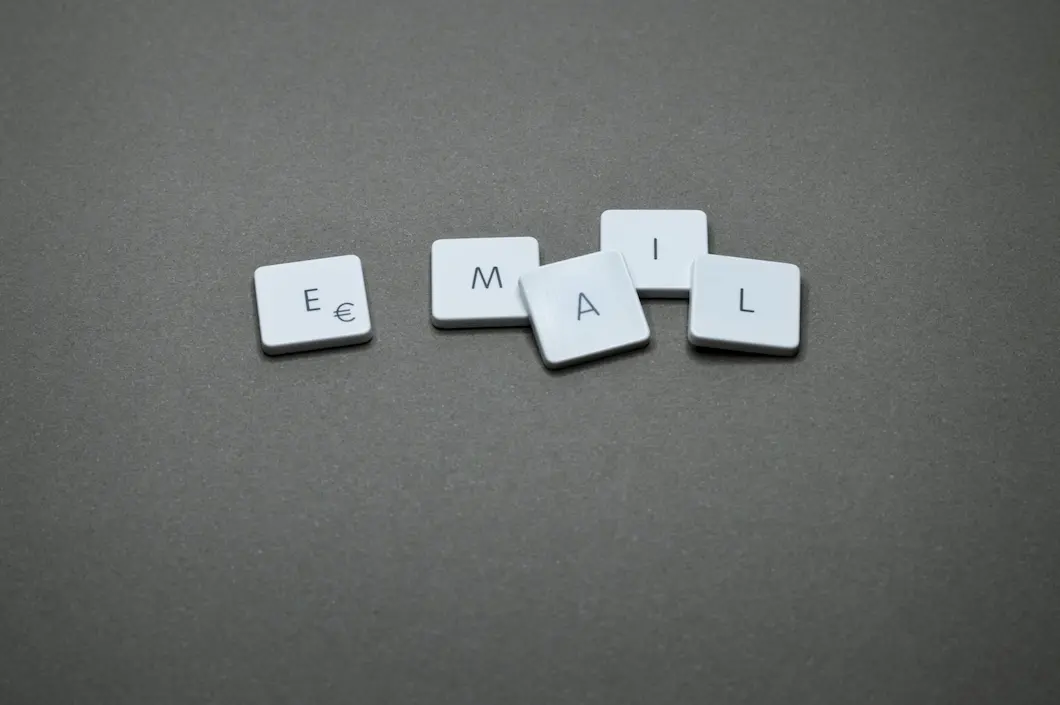
Part 5: Generating Targeted, High-Quality Traffic to Your Funnel
An impeccably designed funnel alone won’t achieve results without consistent, quality visitor inflow. The objective is to attract prospects genuinely interested in your niche and lead magnet, fostering higher conversion rates and engaged subscriber relationships.
Proven Strategies for Traffic Generation
- Organic Channels
- Create search engine optimized blog posts that address specific queries your audience is searching for, embedding your lead magnet CTA naturally within the content.
- Produce educational or problem-solving YouTube videos, linking your opt-in offer in both descriptions and video annotations.
- Maintain an active social media presence through posts, stories, and reels that include calls-to-action directing followers to your funnel.
- Paid Advertising
- Utilize precision-targeted ads on platforms such as Facebook, Instagram, and Google Ads to reach niche audiences.
- Leverage lookalike audiences and retargeting campaigns to maximize return on ad spend.
- Collaborative and Guest Content Marketing
- Partner with influencers, bloggers, or podcasters for guest contributions or interviews that provide exposure to their established audiences.
- Embed your lead magnet links strategically within guest posts or show notes.
- Email Signature and Offline Outreach
- Incorporate your funnel’s URL within your email signature.
- Promote the opt-in funnel at offline events or workshops via QR codes or printed materials.
Prioritize Targeted Visitors Over Volume
Focus efforts on attracting visitors closely aligned with your ideal subscriber persona. While random traffic may increase numbers, it often results in lower engagement rates and potential deliverability issues.
Part 6: Crafting the Welcome and Nurture Email Sequence
Securing a new subscriber is merely the inception. The subsequent communications determine whether the subscriber remains engaged, develops trust, and ultimately becomes a paying customer. This is where the welcome and nurture sequences prove indispensable.
The Importance of a Welcome Sequence
- Sets clear expectations about the type, frequency, and value of future communications.
- Builds a personal connection by sharing your background, mission, and values.
- Gently introduces subscribers to promotional content, warming them over time.
Typical Structure of an Effective Welcome Sequence
- Email 1: Lead Magnet Delivery
Express gratitude, provide the promised resource, and set expectations for what’s next. - Email 2: Personal Introduction
Share your story, motivations, and what subscribers can anticipate from you. - Email 3: Value-Packed Content
Offer actionable tips, useful resources, or quick wins aligned with their interests. - Email 4: Social Proof and Validation
Present testimonials, case studies, or success stories to establish credibility. - Email 5: Gentle Invitation
Introduce a product, service, or webinar with a non-pushy call to action.
Writing Tips for Nurture Emails
- Maintain a conversational and authentic tone.
- Utilize storytelling techniques to enhance memorability.
- Include clear, compelling calls to action—whether it’s reading a blog post, replying to the email, or attending an event.
- Personalize messages by inserting subscriber names and leveraging segmentation data.
Part 7: Tracking, Refining, and Expanding Your Email List
Launching your funnel and sequences is only the beginning. To sustainably grow your list and maximize its value, continuous analysis and optimization based on performance metrics are essential.
Key Metrics to Monitor
- Opt-In Rate
The proportion of visitors who subscribe after visiting your landing page. Improvements here can be achieved through refined headlines, CTAs, and page design tweaks. - Email Open Rate
The percentage of recipients who open your emails. Influenced by factors such as subject lines, sender reputation, and timing. - Click-Through Rate (CTR)
Indicates how many subscribers engage by clicking links within your emails, reflecting content relevance and interest. - Conversion Rate
Measures the rate at which subscribers complete a desired action, such as making a purchase or registering for a webinar. - Unsubscribe Rate
Monitoring this helps ensure you maintain list quality by providing relevant content. - Bounce Rate
Represents emails that failed to reach recipients. Regularly cleansing your list reduces bounce rates and improves deliverability.
Analytics and Tracking Tools
Most email marketing services offer comprehensive dashboards with these metrics. Supplementary tools like Google Analytics with UTM tracking enable deeper insight into subscriber behavior. Heatmaps and engagement analysis can provide granular data on email interaction.
Optimization Strategies
- Conduct A/B tests for subject lines, content layout, and sending times.
- Segment your subscriber base to deliver highly relevant, personalized messaging.
- Maintain list hygiene by removing inactive or invalid addresses.
- Solicit subscriber feedback through surveys or direct responses to better tailor content.
Conclusion
Starting an email list that converts well from the ground up might feel overwhelming initially, but by adhering to a carefully planned, methodical process, success is well within reach. Keep in mind that the true value lies not in the sheer quantity of subscribers but in the depth of their engagement and authentic interest. Prioritize designing compelling lead magnets, implementing seamless opt-in funnels, attracting the right audience, and consistently delivering valuable content to your subscribers. Regularly monitor your performance metrics and make data-driven adjustments to foster steady expansion. With dedication and consistency, your email list can evolve into a crucial digital asset that nurtures strong connections and fuels significant business growth.
IF YOU LIKE MORE INFORMATIONS ABOUT EMAIL MARKETING AND OTHERS VISIT THIS LINK POSTS AND EMAIL MARKETING .



